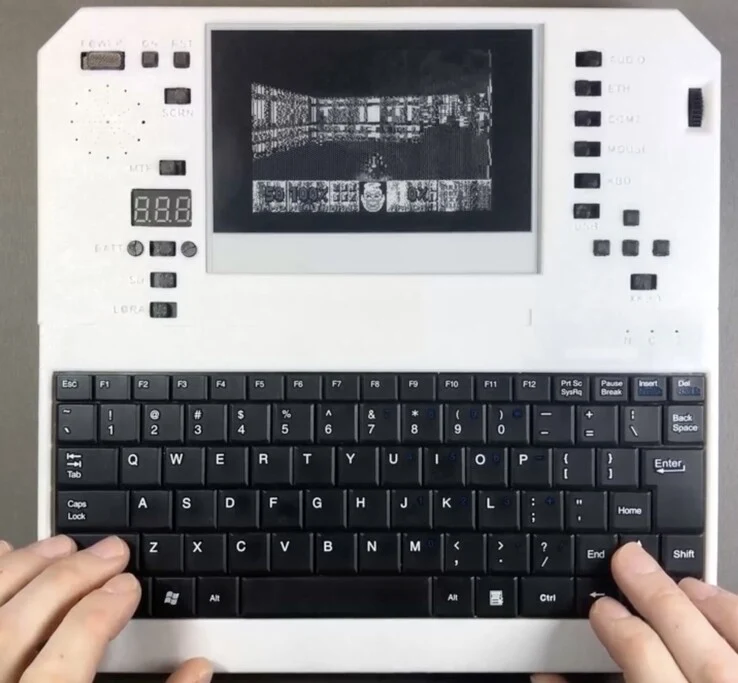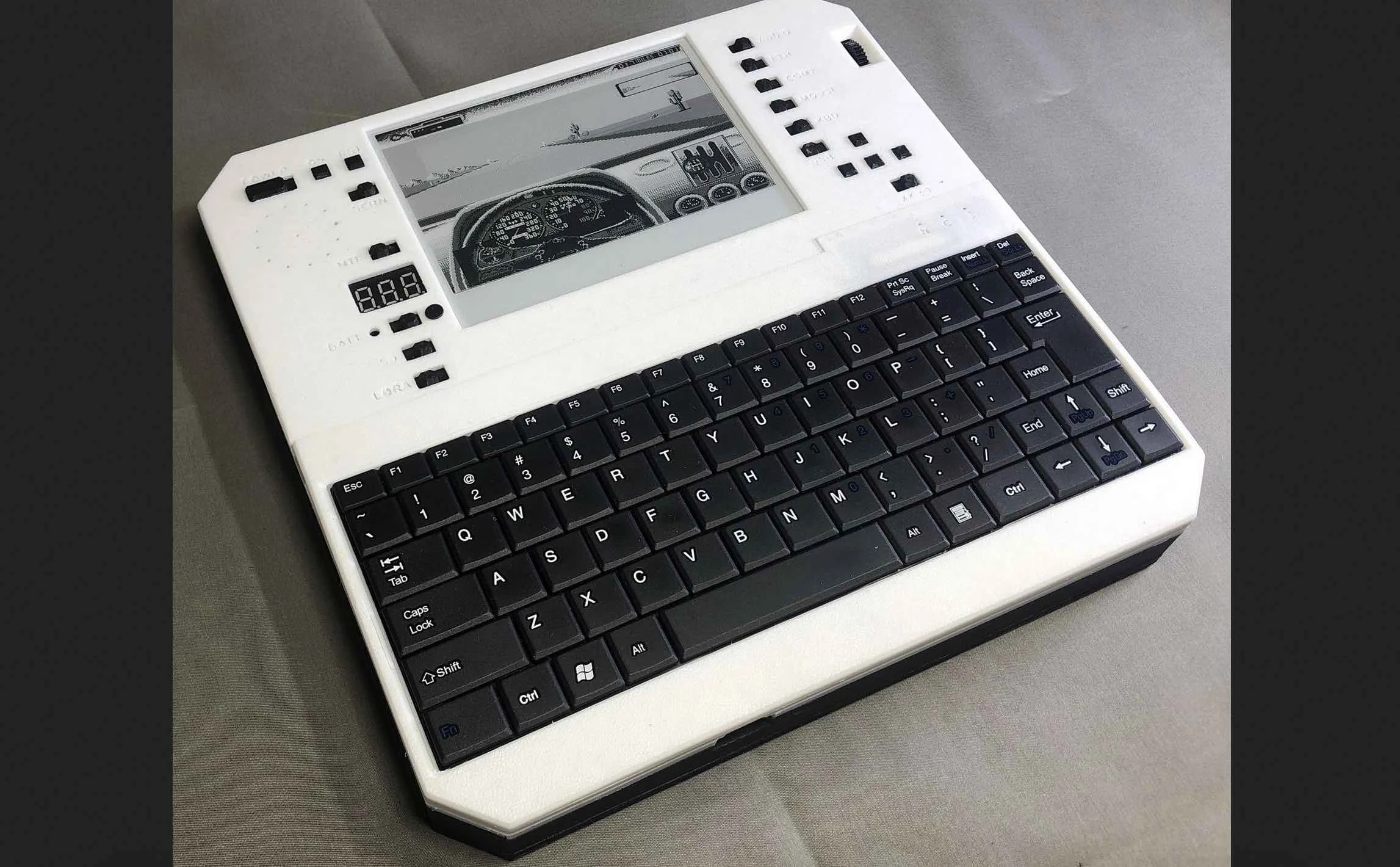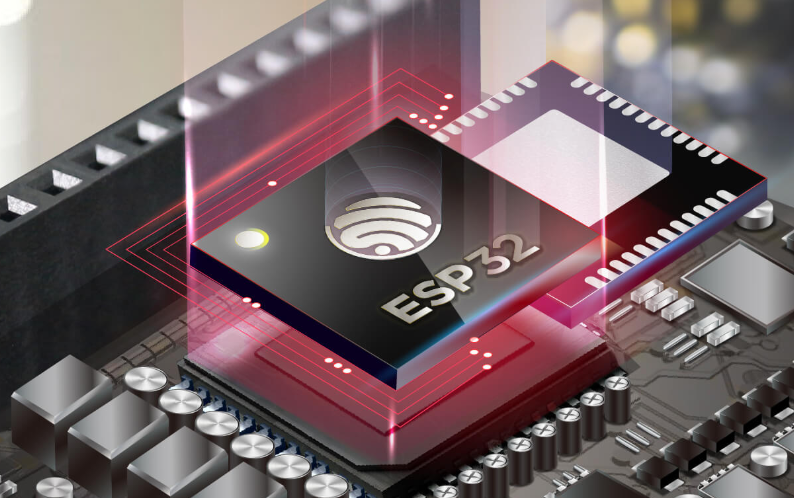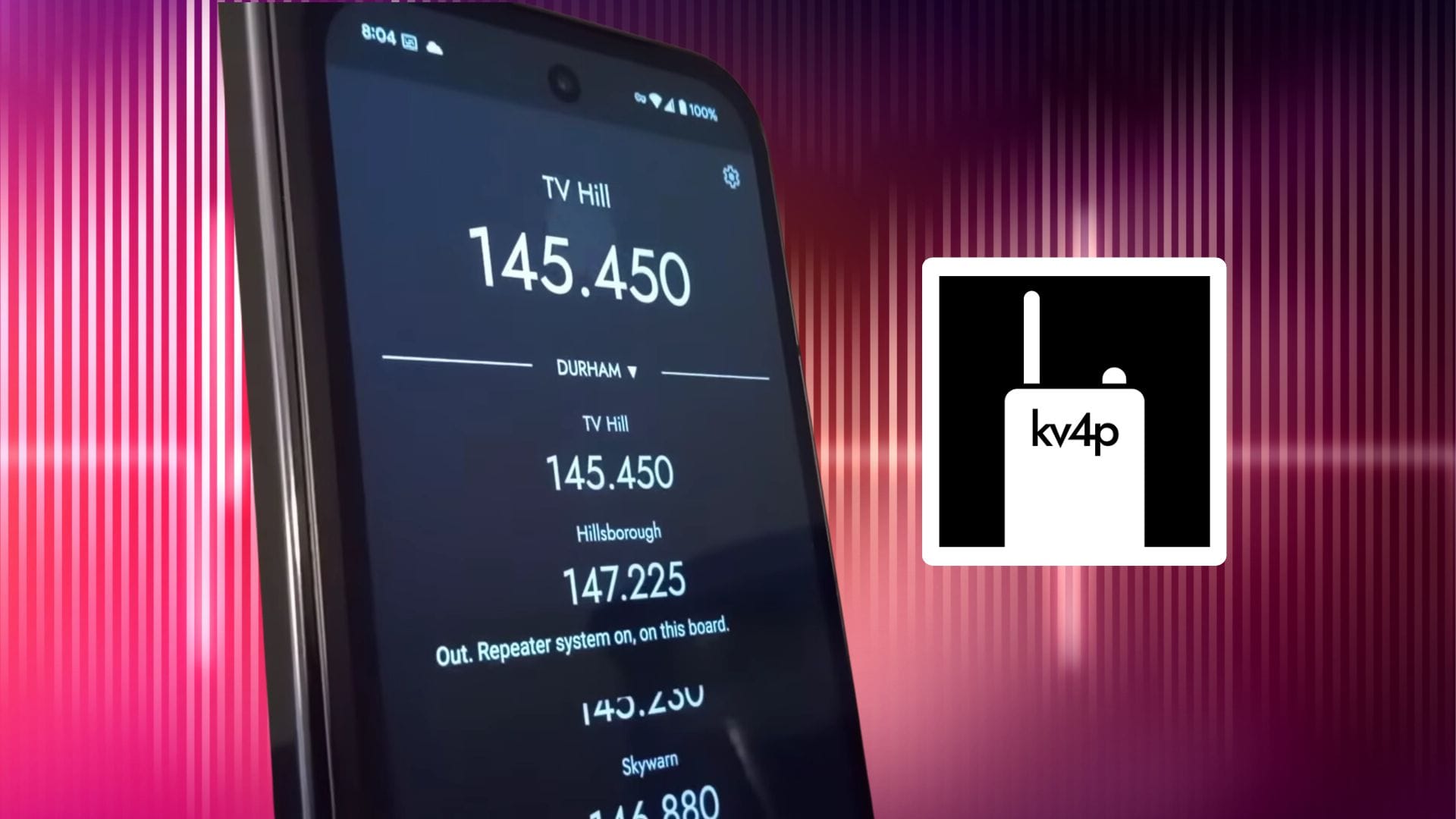Key Takeaways
1. The Evertop PC is an open-source project that combines vintage 80s components and a highly efficient E-ink display for extended battery life.
2. It emulates an IBM XT clone using an 80186 processor, supporting DOS and other retro operating systems from that era.
3. The system features a 5.83-inch E-Ink display, which consumes no power when not refreshing, contributing to its impressive battery life.
4. Equipped with a 10,000 mAh battery, the Evertop can run for 200 to 500 hours, and supports solar charging for additional power.
5. Connectivity options include PS/2 ports, ethernet, USB, serial connections, and video output through various graphics adapters, with a simplified Evertop Mini version in development.
It’s clear that many people around the world would happily sacrifice some raw power for extended battery life. The Evertop PC, an innovative open-source initiative, elevates battery longevity by incorporating vintage 80s components alongside a highly efficient E-ink display.
Open-Source and Retro Appeal
This project is open-source and accessible to anyone interested. Fans of retro computing are sure to appreciate this clone of the IBM XT. According to the creator, @ericjenott, this system can emulate a genuine IBM XT clone featuring an 80186 processor and an impressive megabyte of memory, all thanks to the ESP32 controller. As expected, the selection of operating systems is limited to what was available during that time, which includes DOS, Minix, and a few others. Most DOS software from the 80s is supported, provided they are compatible with the IBM XT.
Impressive Display and Battery Life
At the top, there’s a 5.83-inch display that offers a resolution of 648 x 480. Because it’s an E-Ink screen, it doesn’t consume any power when it’s not refreshing. Storage is managed by a 256 GB SD card, which is adequately fast for the hardware involved. Thanks to its enormous 10,000 mAh battery and energy-efficient components, this system can achieve remarkable runtimes—anywhere from 200 to 500 hours, depending on usage. Additionally, solar charging support allows for 50 hours of operation from just one hour of charging.
Connectivity Options
Regarding connectivity, the Evertop includes a good selection of ports, such as PS/2 for mouse and keyboard, an ethernet port, USB for file transfers, and serial connections (9-pin RS232 and TTL). Video output is facilitated by CGA (Color Graphics Adapter), MCGA, Hercules, along with partial EGA and VGA support, though there may be limitations on resolution and color depth. There’s also a simplified version with fewer ports called the Evertop Mini currently in development. Overall, for those who love retro computing, the Evertop looks like an exciting project to engage with.
Source:
Link




